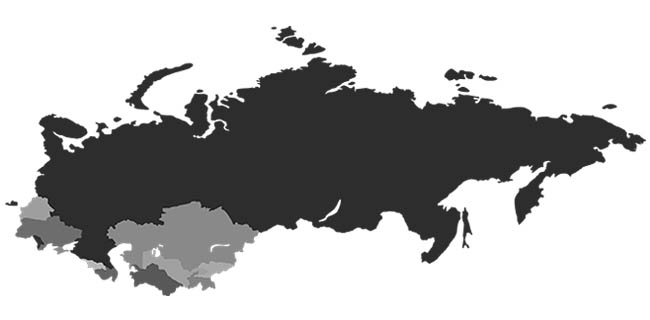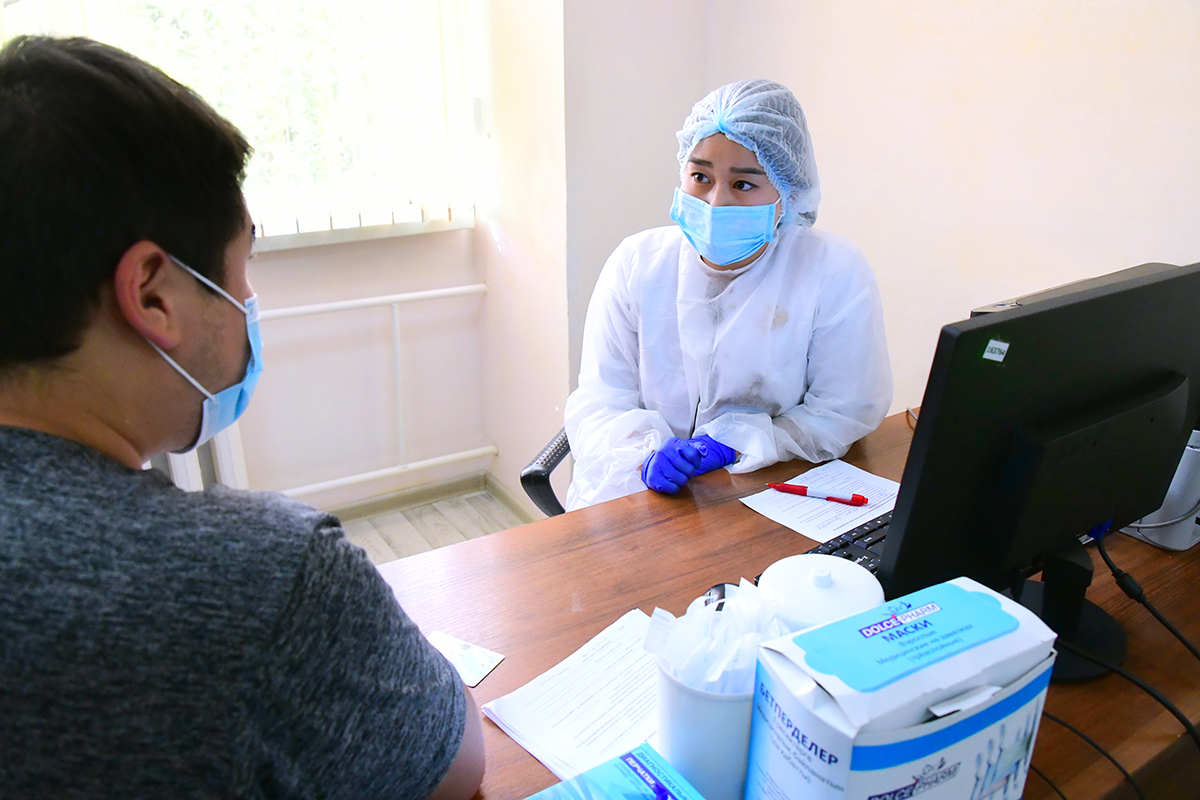Thinking it all over
Recap: The previous two posts in this series shed light on post-Soviet health financing reforms in the years of independence. However, a state-run, budget-based health system did not correspond with people’s needs. Eleven of the 15 countries in the region chose some form of compulsory health insurance. The contributory health insurance reforms were among the largest and deepest. They required action by the highest level of government and permeated many sectors of the economy.

I believe that to propose an exclusively state budget-based system and hope it enables universal health coverage is utopian in the world of fast-growing health spending, proliferating health technologies, growing and aging population, and increasing morbidity from noncommunicable diseases.
Budget and taxation capacity are limited, and health sector spending grows faster than national income.
While there is a limited number of publications on SHI reforms in the post-Soviet countries, in my analysis, countries that decided to pursue the SHI model have benefited from the transition given where they came from. At the same time, I cannot say I am completely happy with what such complex and hard-fought reforms brought. My thoughts about post-reform realities are presented below.
So, what’s next?
Politicians and public servants typically put off the question “What’s next?” while they battle the immediate challenges of bringing desired stakeholders on board. They are busy trying to meet deadlines and target indicators while transitioning to a new health financing model. Little time is left for thoughts about future actions.
Countries that introduced mandatory SHI soon after independence, such as Estonia (1991), Lithuania (1991), Russia (1993), Kyrgyzstan (1997) and Moldova (2004) have asked “What’s next?” early in their reform process. The answers resulted in a series of gradual reforms. These reforms addressed inefficiencies in health care and helped to improve the way SHI is implemented. Here are some examples.
Since 2012, Estonia broadened the health insurance revenue base by “introducing a state budget transfer of 13% on behalf of nonworking pensioners and gradually increasing the share of the state budget as part of the total health budget”. Estonia also consolidated the purchasing function under a single payer, which now pays for emergency care for the uninsured, ambulance care, HIV treatment and other services, which were previously financed from the state budget [3].
Kyrgyzstan made major efforts [4] to increase public spending on health and improve the efficiency of resource allocation with emphasis on primary health care and health outcomes by providing services without financial and other barriers to access. As a result, the UHC service coverage index in Kyrgyzstan improved from 51 in 2000 to 71 in 2017 [5].
Although not a post-Soviet country, Mongolia presents a valuable example because it shares characteristics similar to those of its post-Soviet neighbours and is geopolitically related to them. Mongolia introduced SHI in 1994. It has also been implementing a health financing reform to improve efficient use of resources for better health outcomes and financial protection since 2020 [6]. One of Mongolia’s current reform goals is to strengthen primary health care by increasing funding for it from 20% of the health budget in 2021 to 26% in 2022 [7].
These examples illustrate how countries with mature SHI systems identify areas of improvement and work on them successfully years after introducing mandatory SHI. Post-SHI reform work does not end and may rejuvenate with new goals decades after.
But countries new to operating their health financing based on contributory health insurance, such as Kazakhstan (2020), Azerbaijan (2021), and Uzbekistan (piloting since 2021), are either just beginning to realize or are yet to see that SHI does not solve all outstanding problems.
The promised increased total health spending (or “more money for health”), which was a well-advertised reform goal, is not enough to meet the growing health expenditure.
Certainly, the level of system maturity, social and economic factors, and the exact model and governance structures related to contributory health insurance differ from country to country. Yet, this issue – that more money is still not enough – is the common challenge faced by countries that introduced mandatory SHI.
Not only policymakers are puzzled with a post-reform truth. Employees and employers who started to pay health care premiums, which they did not prior to SHI, are also puzzled. They were promised higher quality care, a wider benefit basket or better access to care. But instead, the new rhetoric is likely to be that the new (more) money is not enough to meet such goals.
I underscore that a new stream of funding – contributions from employees and employers – has come with SHI. But given the above dilemma, politicians face pressure to retain the trust of the public in government institutions and reforms. Today’s energy deficient, high inflation, and geopolitically unstable environment adds to the pressure. The argument to continue to support the ever more expensive health system by increasing premiums or taxes meets resistance. The difficulty in making a social contract (paying insurance premiums for better health care) is that many external factors are at play.
The growing health expenditure and limitations in funding might explain the popularity of recent attempts to seek alternative sources for health funding. One example is health taxes. Countries that have exhausted their ability to boost domestic revenues from taxes, budgets, and insurance contributions are probably exploring health taxes as a new avenue to raise funds. Although scientists believe that in no case should additional money be the goal when introducing so-called “sin taxes” (excise taxes) on tobacco, alcohol or sugary drinks. The purpose of such innovations should be solely to promote public health – to reduce or limit their consumption. This involves an array of battles of another kind – with the industries that produce tobacco, alcohol and sugary drinks.
The strength of collaboration
Big questions, such as where to get the additional or sufficient funds and how to effectively manage health expenditure, are not answered easily. The richer the menu of sources for knowledge, the higher the likelihood of a well-grounded policy response. Academic discussions, program evaluation reports and the literature on the post-Soviet health reform experiences are rather limited. For most policymakers in this region, their level of English limits their use of the rapidly growing body of evidence published in English. The lack of professional development time and work-life imbalance are also barriers to learning from publications and formal reports.
The main form of knowledge exchange in the post-Soviet region is, therefore, networking. In addition to country-specific numbers and facts, meetings (formal or informal, virtual or in-person) and other work-related exchanges with people from countries that share similar contexts constitute the predominant sources of knowledge – and therefore insight – that guide policymakers. When tackling the dilemma – whether the money is enough – policymakers who are able to benefit from collaboration realize they are not alone and eagerly learn from peers. The ability of the P4H Network to promote regional collaboration among institutions and countries is especially promising for policymakers from the region, which is unique and little understood by outsiders.
Featured image on top: Nurses at work in a hospital in Kyrgyzstan, published under news headline: “Health insurance becomes compulsory in Kyrgyzstan”. Source: Akipress
References
[1] Yazbeck AS, Soucat AL, Tandon A, et al. Addiction to a bad idea, especially in low- and middle-income countries: Contributory health insurance. Soc Sci Med. 2023;320:115168. doi:10.1016/j.socscimed.2022.115168
[2] Mor N, Ashraf H. Is contributory health insurance indeed an addiction to a bad idea? A comment on its relevance for low- and middle-income countries. Soc Sci Med. 2023;326:115918. doi:10.1016/j.socscimed.2023.115918
[3] European Observatory on Health Systems and Policies. Habicht, Triin, Kahur, Kristiina, Kasekamp, Kaija, Köhler, Kristina. et al. (2023). Estonia: health system summary, 2022. World Health Organization. Regional Office for Europe. Page 12. Accessed on May 18, 2023, at https://apps.who.int/iris/handle/10665/366157
[4] Kyrgyzstan adopts new health strategy for 2019–2030.” Copenhagen: WHO Regional Office for Europe, 2019. Accessed on May 18, 2023, at https://www.who.int/europe/news/item/23-01-2019-kyrgyzstan-adopts-new-health-strategy-for-2019-2030
[5] World Bank. UHC service coverage index – Kyrgyz Republic. 2023. Accessed on May 18, 2023, at https://data.worldbank.org/indicator/SH.UHC.SRVS.CV.XD?locations=KG
[6]] Resolution # 1, 28 January 2022, National Health Insurance Council, Mongolia. General Authority of Health Insurance. Accessed on June 1, 2023, at https://emd.gov.mn/
[7] Annual Report of the Health Insurance Fund, General Authority of Health Insurance, 2022. General Authority of Health Insurance. Accessed on June 1, 2023, at https://emd.gov.mn/
Acknowledgements
The author thanks the P4H Coordination Desk leadership and team represented by Alexis Bigeard, Bayarsaikhan Dorjsuren, Claude Meyer, Melinda Ojermark, Elisabetta Tomassini and Elise Yousoufian for their continuous support and valuable editorial suggestions.






